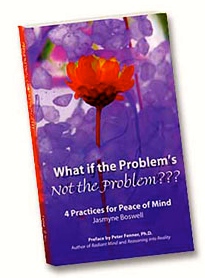Story Structure Can Help
A story is like a SNAKE with its tail in its mouth. It has a beginning, a middle, and an end. Some stories even end up in the same place they started.
For example, in The Wizard of Oz, Dorothy starts out in Kansas,
travels to Oz, and ends up back in Kansas.
You get the idea. Ready to start your story?
Main Character — The person, animal, or thing your story is about. Every story starts with the main character. It can be any animal, human, or thing you want it to be.
Start by asking yourself some questions:
• Who is your main character?
• What does he, she or they like/dislike?
• What is your character’s personality?
• What does your character look like?
Setting — Where your story takes place. Every story needs to take place somewhere.
But your story’s setting can have either a big or little impact on the story. What would The Wizard of Oz be without Oz? Just a story about a girl and a dog in dusty old Kansas.
Ask yourself these questions:
• Where does your story take place — in Hawaii, New York City, in a galaxy far, far, away?
• When does your story take place: past, present, or future?
• How much does your setting affect your main character’s problem?
Challenge — The challenge your character must face and overcome. Without movement or change in the character, your story would be dull. Dull stories don’t get read through or recommended. But when you give your main character a problem to solve, your story comes alive. The reader gets hooked and eagerly goes along for the ride.
Ask yourself these questions:
• What is your main character’s challenge?
• Is it a big enough challenge that it will take a whole story to overcome?
• How do they try, fail, try again and again, and conquer the challenge?
Resolution — How the character transforms at the end.
Ask yourself these questions:
• How does your main character challenge get resolved?
• Does the story or character end up back where it started or . . . .?
Reminders
• Let your artistic side go, have fun and be creative. Write your story all the way through before you edit it. Only let your Inner Editor work on the story after your Inner Artist has finished.
• Think about a story you like. What makes it good? Can you identify the main character, setting, challenge, and resolution?
• Writing is rewriting. Write until you’re satisfied with your story. Feel free to change and rewrite it to make it stronger.
• Are you having fun? If so, wonderful. If not, make it fun.
Comments to the Writing Tips are Always Welcome!
Enjoy!

